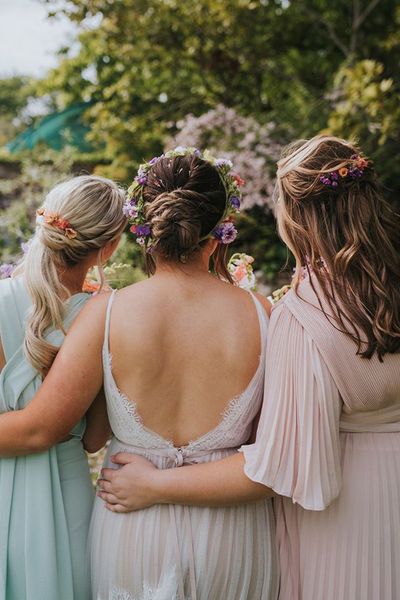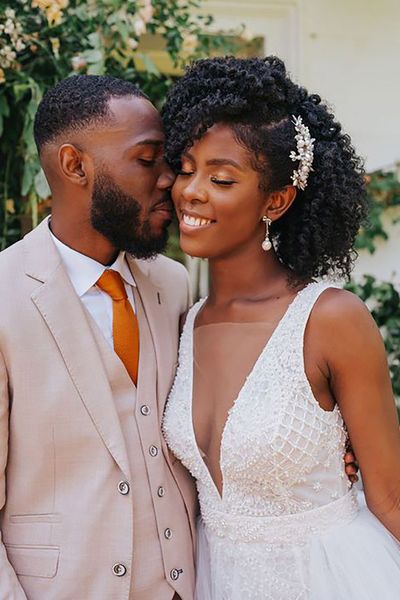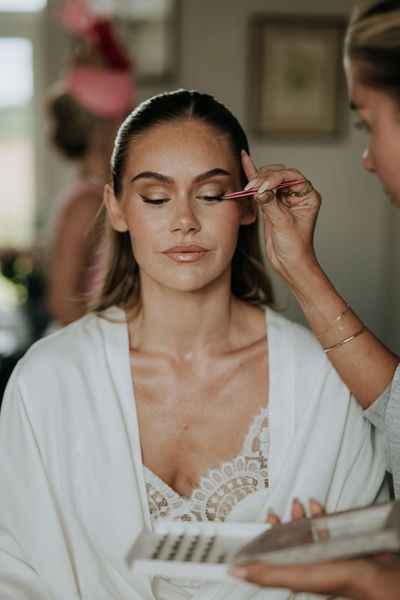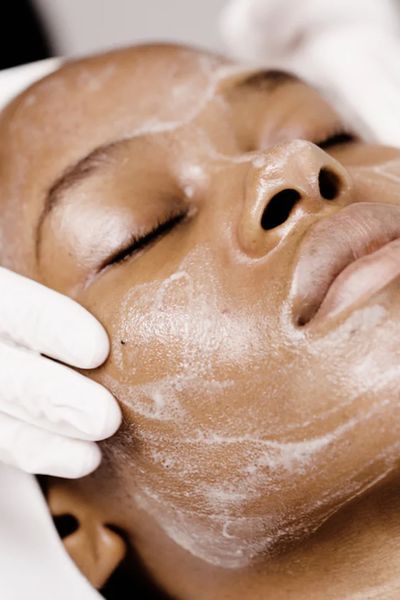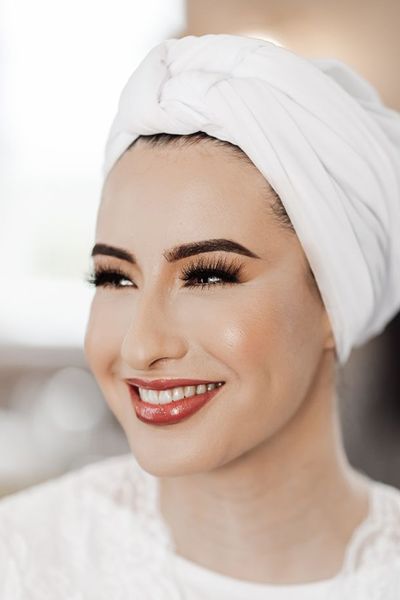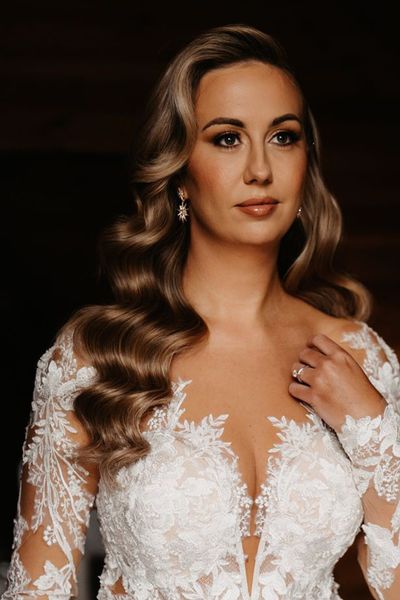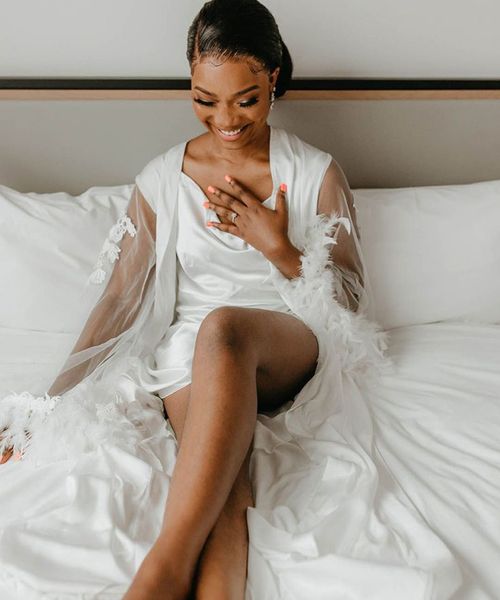
The Pre-Wedding Hair Removal Guide
Photography by Photos From SophieTop Tip
Using warm water and a shaving cream can help minimise irritation where possible. Using a new razor means the blades are sharper and will deliver a closer shave in just one stroke. Constantly going back and forth over an area will worsen irritation.
Top Tip
Try this hair removal method at least two months prior to your big day so that you know how your skin reacts to the wax as well as the hair removal method in general. Certain waxes e.g. hot wax might be better or worse for your skin type. Plus, there are also different methods of using this wax, so your aesthetician can work with your skin to understand its response.


Top Tip
Before your laser hair removal appointment, it’s important to attend the appointment freshly shaved and without any tan (fake or real)! This is why some lasers can’t be used on darker skin tones since they can cause scarring. It’s best to get your laser hair removal done in wintertime! Thanks to living in modern times, Debbie points out that, “Now, however, we have lasers like Deka’s AGAIN laser, which can be used within two weeks of sun exposure.”
Top Tip
Skin prep is important here! Make sure the skin is clean, dry and free of oils or dirt to help the cream better do it’s job. Check your progress continually to avoid any harsh reactions or taking off the cream too prematurely.
Top Tip
When plucking, try to only pluck one hair at a time so you don’t cause yourself unnecessary pain. The more you pluck, the less pain you’ll feel over time! Also, try to pull in the direction of hair growth to ensure the hair grows back as it should.
Top Tip
If getting threading done on your face make sure to gently exfoliate the skin before your appointment to assure a a better removal and leave you feeling extra soft afterwards.
Top Tip
To see the best results from this, look after your skin! Avoid the sun, harsh chemicals or skincare products, don’t eat anything especially sugary or drink alcohol, and hydrate before your sessions.
Top Tip
Avoid heat or sun exposure after sugaring to prevent further irritation. After sugaring, you can clean off the stickiness with a damp warm towel or shower and then lather on a moisturiser or oil that won’t clog pores or irritate the skin.










